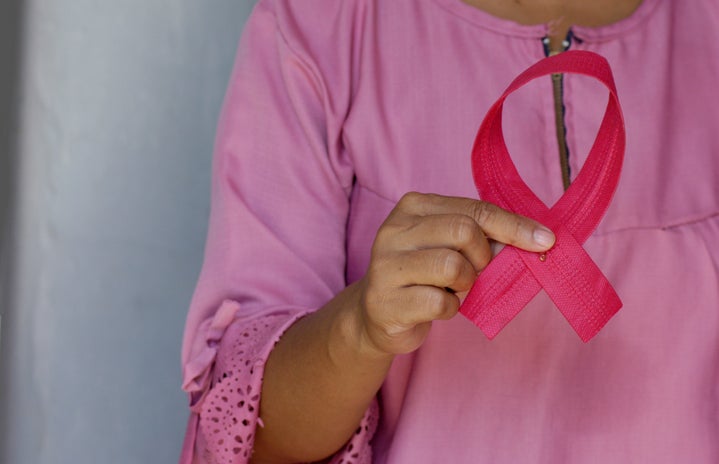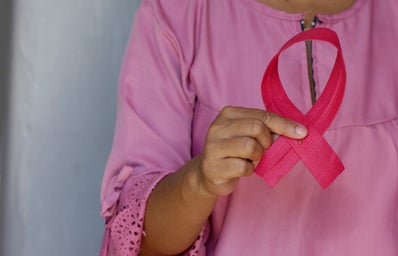I bet you’ve heard about Pink October, right? The annual campaign was created to not only increase awareness of breast cancer but also raise funds for research into its cause. And although this one is the second most popular type of cancer, some people still don’t know (or at least enough) about how important it is to self-examine no less than monthly. In 2018, there were at least 2.1 million of people affected by this disease, and over 627,000 died. And although it’s 100 times more common in women, men can also have breast cancer.
There are many factors that can lead to breast cancer, and you should be aware of them. Things such as obesity and drinking too much alcoholic beverages are the most common, but things such as genetics, smoking tobacco and even the use of hormonal birth control are between the risky factors.
According to Dr. Samira Cabral, who’s a specialist in mastology and gynecology, nowadays, the idea of self-checking is majorly to get to know yourself and your body. To perform it does not exclude the necessity of doing other exams, especially those that help detect breast cancer. “Young adult girls, and women in general, must turn it into a habit”, she said, “The more you get to know your body, the easier it is to understand if there’s something wrong with it.”
She also recommended self-exam about ten days after you have your period, since some women experience pain and swelling during the premenstrual, or menstrual, period. In that way, you won’t feel any pain while self-checking and it’ll be easier to do it on yourself. Make sure to follow her on her IG account!
And yet, you might be wondering: what is the right way to self-check my own breasts? Don’t worry, I’ll help you out!
Take a look at them. Inspect them. Are there any visible marks? Puckering? Changes in size? Look at your nipples, suspect any changes in color, asymmetry. Take your time and look from all angles possible, such as under it, front forward, under your armpits, put your arms above your head. You can put your hands on your hips and straight your shoulders; it’ll help you visualize everything from a better angle.
Don’t be shy and start touching. You can either go to your shower, so your hands will glide along your skin and help you find some bumps, or you can lay down, since your breasts will spread out and it’ll be easier to feel. Use two or three fingers and touch all over that area, and switch between “poking” it and making circular movements. Put some pressure, try to feel anything weird to the touch, don’t rush to finish. You’ll need to cover every spot of both of your breasts, so take your time!
Don’t freak out! Not everything you feel might be a sign for breast cancer. Contact your doctor if you find a hard lump near your underarm, dimples or puckers, if your nipples look inverted (and they never did before), if you feel pain while self-checking, or if it swells, itches or get too red.
Remember: all bodies are different, and that also includes your breasts. Turn this self-exam into a habit, and try to constantly inspect them at least once a month. It can help to save lives. Especially yours.
If you still need some guidance, take a look at this Youtube video. It helps you visualize everything it has been said.
Take care of yourself, girl!
——————————————————————
The article above was edited by Laura Silveira.
Liked this type of content? Check Her Campus Casper Libero home page for more!


